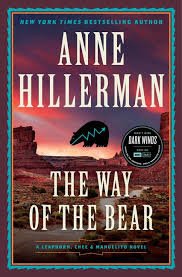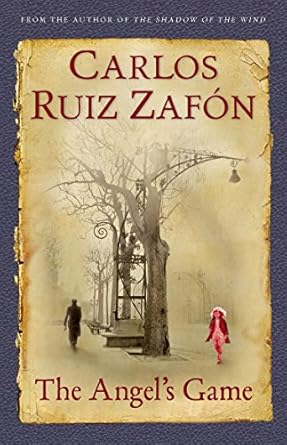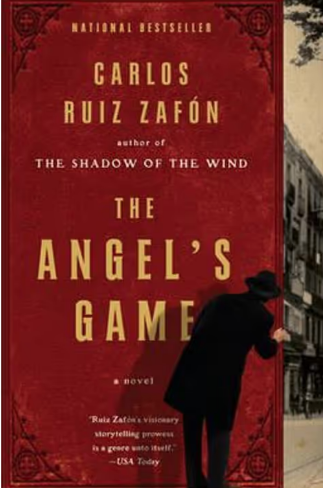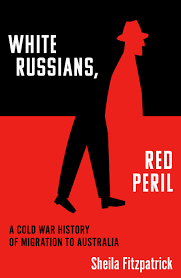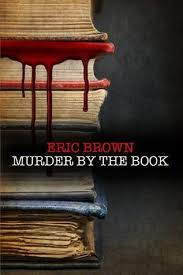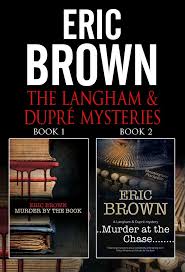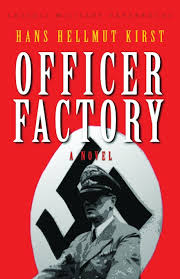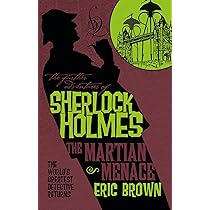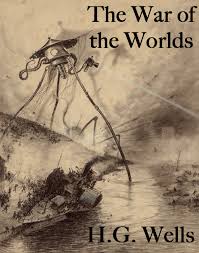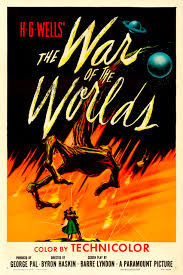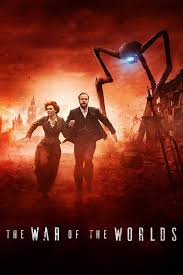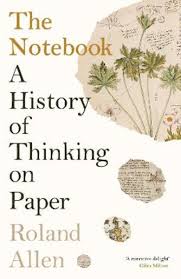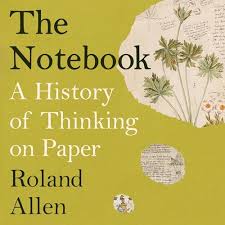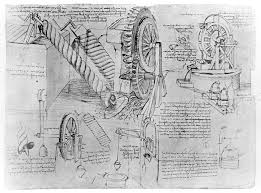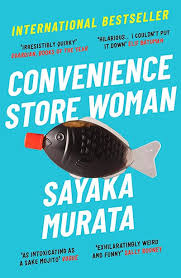White Russians, Red Peril: A Cold War History of Migration to Australia (2021) by Sheila Fitzpatrick.
Good Reads meta-data is 584 pages, rated 3.76 by 17 litizens.
Genre: History.
Verdict: Helluva story well told.
Tagline: Count your lucky stars.
Post War Europe was a mess. Millions of displaced persons (whose countries had disappeared or had been destroyed), millions of refuges who had fled westward ahead of the Soviet advance, millions of Prisoners of War freed, all these remained. Nor was this human disaster limited to Europe because many Russians had decamped to Manchuria, first in 1917, and then again in 1930s, and later. When I hear the term ex-pat ‘White Russians’ I think of those Tsarists who went to Harbin.
But the reality is so much more complicated than that, and the author sets it out with admirable clarity. A Displaced Person (many freed from slave labour and death camps) had a certain status because they had nowhere to go. Could Ukrainians be stateless since there had not been a sovereign Ukraine? Was Jewish a nationality or a faith?
A refuge who fled west had a homeland that was ready and willing to take them, but many, perhaps most, did not want to go back to Poland, Belorussian, Russia, Hungary, or Armenia. Many of these people had been in the same slave labour or death camps. Then there were the POWS on whom there will be a comment below.
Then there are semantics. ‘Belorussian’ could be translated as ‘White Russian.’ But these white Russians had nothing in common with those in the Far East. These eastern white Russians who had weathered Japanese occupation of Harbin (where most had congregated) with the advent of the Chinese Communist, who had agreed to repatriate them to the USSR, where their fate was certain.
All of this definitional and semantic differentiation may seem trivial but at the time it had life-and-death consequences.
Into this maelstrom of misery Australia, Canada, the USA, and to a lesser extent England, along with several Latin American countries and the future Israel offered respite. The Australian Labor government had decided with the concurrence of the Opposition to recruit immigrants to increase the population against the vicissitudes of the future. (One outcome of that immigration was the gigantic Snowy River Engineering Project.)
Needless to say many of the displaced persons, refugees, and POWs tried to manipulate the process to their personal salvation and some officials had a blind eye, whereas others demanded cash or kind. Many Ukrainians claimed to be Polish, but Poles who did not want to return to Poland. Many POWs claimed to be forced labours from Belorussia. Among all these unfortunates there were a small number of both ardent Nazis trying to escape the consequences of their deeds, and Soviet agents charged mainly with ferreting out Soviet citizens for return (and retribution) and later with spying on the West.
Altogether a devil’s brew, but as the Minister of Immigration at the time, Arthur Caldwell, recognised it was a unique opportunity to recruit citizens for Australia. His subsequent infamy as the proponent of White Australia is tempered in this account.
The original targets for antipodean recruitment were British, on the assumption that a sunny new life would be more appealing than the bomb damaged and crippled United Kingdom. This proved to be a very small pool, and most who presented themselves were the lame, halt, and blind. Most £10 Poms stayed home.
Then the circle was enlarged to Northern European. Vague, yes, but it came down to appearance. This pool was if anything even smaller since for a time Germans were excluded, though some claimed to be Dutch or Danish. Though it did include Baltic peoples from Latvia, Lithuania, and Estonia, and even some Finnish POWs held by the Soviets who passed themselves off as Germans to get west and then transformed themselves into Estonians. Those Balts came back to haunt the Labor Party, but that is another story.
The next expansion was European and now appearance became explicit. If an applicant looked European, then that was it. Of course, not all Europeans look ‘European,’ whatever that is in the eye of the beholder. Interviewers were reluctant to admit to Australia anyone who would look different. Such a person would be stared at on the street. Would probably be denied work and accommodation. Rather than seeing immigration leading to social change, the aim to cement White Australia into place unchanged.
Even so Caldwell made an effort to recruit Jews, but the local opposition from the press and other political parties put paid to that effort. He feared jeopardising the whole program if the immigration of Jews was explicit, so he scaled those efforts back. A judgement call.
For most of the immigrants Australia was not the first choice. But it was the choice available and needs must.
In sum, about 20,000 Russians made in to Australia, one way or another.
As well done and comprehensive, as the book is the petulant sniping on Good Reads is enough to put me off dinner.
***
The pygmy historical revisionists repeatedly castigate Winston Churchill for returning Russians who came into Allied hands at the surrender of Germany in May 1945. There were several hundred thousand Russian POWs in this situation, many of whom did not wish to return to the motherland, and even more determined not to do so were nearly a hundred thousand others who had sided with the Germans to fight the Soviets (Ukrainians, Cossacks, Belorussians, Armenians) in German uniforms. Those returned meant a grim fate. The lucky ones went to the Gulag and many others were simply murdered on the spot of their repatriation.
Armchair historians with unerring hindsight rail against this return.
The backstory that they never bother to add to the equation goes like this. It was agreed by the Allied powers that they would return each others’ citizens at the end of the hostilities. Signing up to that was part of Stalin’s price to enter the war against Japan. (At the time, estimates were that there would be up to a million US casualties in invading the Japanese home islands with ten times that many Japanese. Bringing the Soviet Union into that war, so it was hoped, would reduce that number and might even convince the Japanese to give up. And at the time no one knew if the atomic bomb would work, i.e., explode, or suffice to compel surrender.)
By May 1945 the Soviets held a great many Allied personnel, twenty thousand Americans and a like number of Brits among others, who had been imprisoned by the Germans in Czechoslovakia and Austria. To get them back, the Soviets citizens held by Western powers had to be surrendered.
I just watched a You Tube video by a self-appointed historian on the return of the Cossacks where the story is slanted to condemn the British. No reference to Japan, and only the vaguest reference to Allied prisoners, who certainly would not have been returned had the Cossacks not been repatriated, one way or another.


